Report this entry
More from the same community-collection
Installation view, Papel Chicano Dos, EPMA.
Papel Chicano Dos: Works on Paper from the Collection of Cheech ...
Installation view, Papel Chicano Dos, EPMA.
Papel Chicano Dos: Works on Paper from the Collection of Cheech ...
Installation view, Papel Chicano Dos, EPMA.
Papel Chicano Dos: Works on Paper from the Collection of Cheech ...
Installation view, Papel Chicano Dos, EPMA.
Papel Chicano Dos: Works on Paper from the Collection of Cheech ...
Installation view, Papel Chicano Dos, EPMA.
Papel Chicano Dos: Works on Paper from the Collection of Cheech ...
Installation view, Papel Chicano Dos, EPMA.
Papel Chicano Dos: Works on Paper from the Collection of Cheech ...
Installation view, Papel Chicano Dos, EPMA.
Papel Chicano Dos: Works on Paper from the Collection of Cheech ...
Installation view, Papel Chicano Dos, EPMA.
Papel Chicano Dos: Works on Paper from the Collection of Cheech ...
Installation view, Papel Chicano Dos, EPMA.
Papel Chicano Dos: Works on Paper from the Collection of Cheech ...
Installation view, Papel Chicano Dos, EPMA.
Papel Chicano Dos: Works on Paper from the Collection of Cheech ...
Installation view, Papel Chicano Dos, EPMA.
Papel Chicano Dos: Works on Paper from the Collection of Cheech ...
Installation view, Papel Chicano Dos, EPMA.
Papel Chicano Dos: Works on Paper from the Collection of Cheech ...
Installation view, Papel Chicano Dos, EPMA.
Papel Chicano Dos: Works on Paper from the Collection of Cheech ...
Installation view, Papel Chicano Dos, EPMA.
Papel Chicano Dos: Works on Paper from the Collection of Cheech ...
Installation view, Papel Chicano Dos, EPMA.
Papel Chicano Dos: Works on Paper from the Collection of Cheech ...
Installation view, Papel Chicano Dos, EPMA.
Papel Chicano Dos: Works on Paper from the Collection of Cheech ...
Docent Maria Luz and her contribution to EPMA
The El Paso Museum of Art was sad to hear that long time Docent ...
Docent Maria Luz and her contribution to EPMA
The El Paso Museum of Art was sad to hear that long time Docent ...
Historias: Stories of the El Paso - Virtual Exhibition
Historias: Stories of El Paso A virtual ...
Historias: Stories of El Paso - Virtual Exhibition
People It is said that every person is a whole ...





















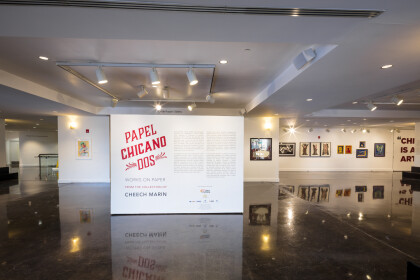
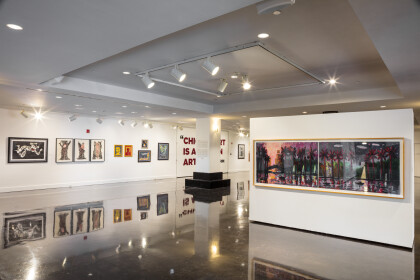


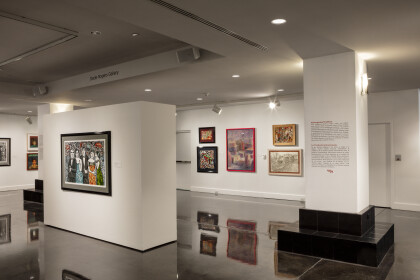
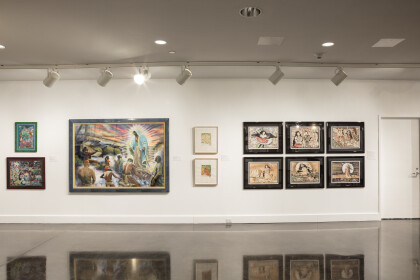
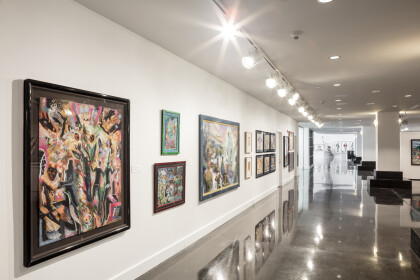
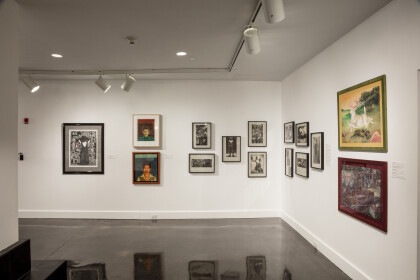

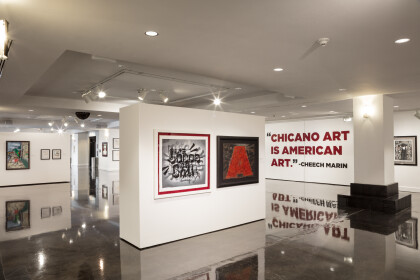
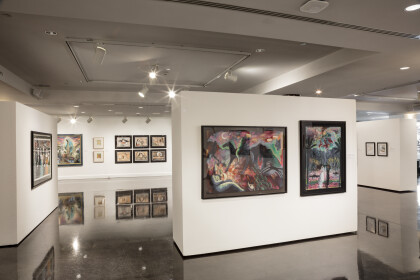
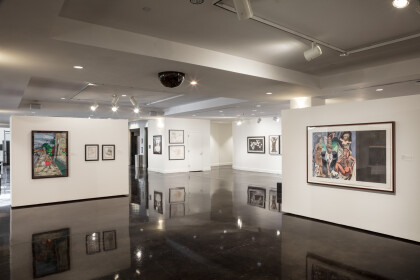
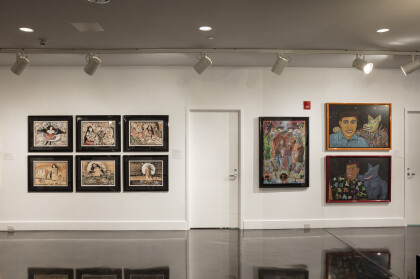
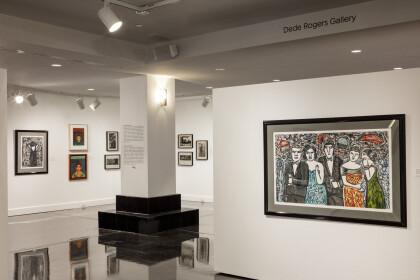
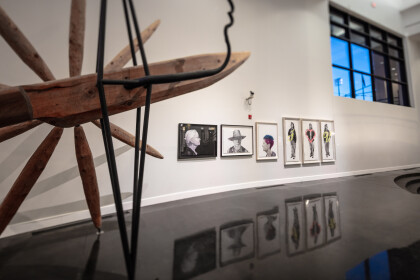
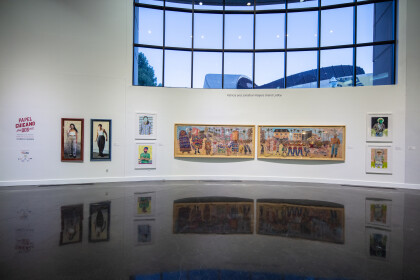
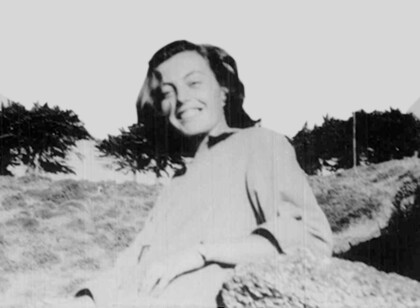
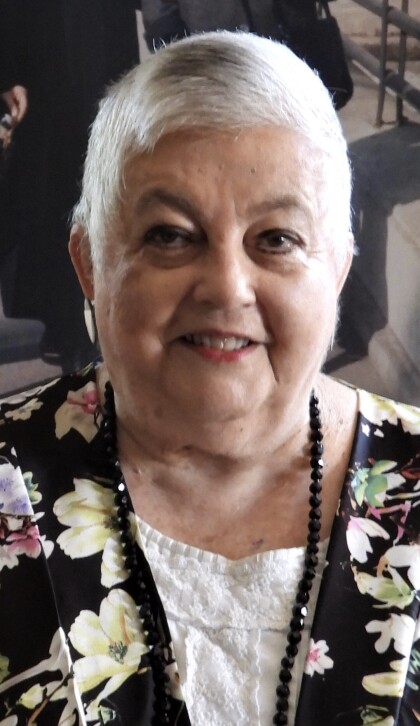
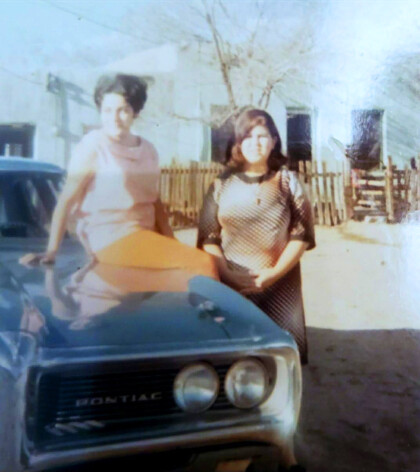
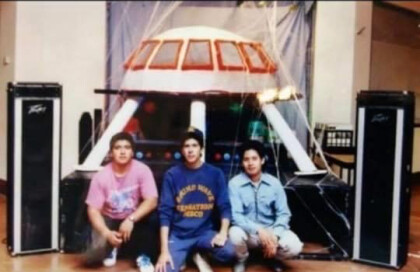
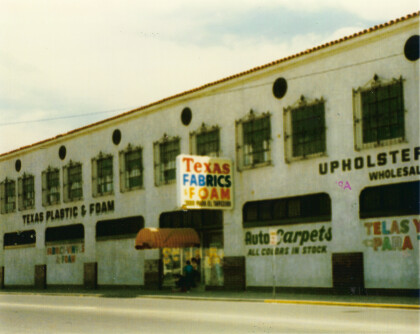
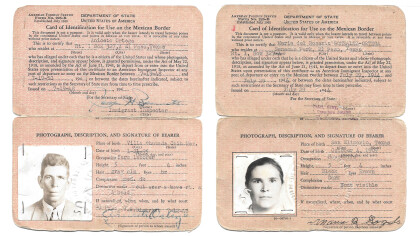
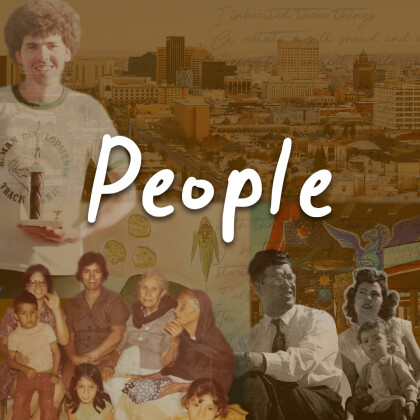
Comments
Add a comment